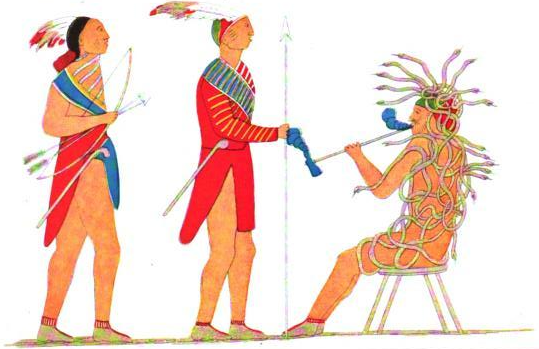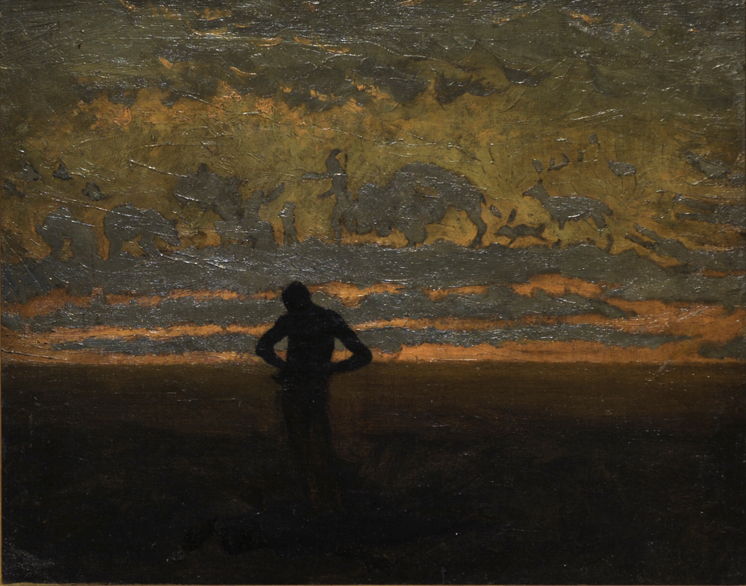|
Wampum
Wampum is a traditional shell bead of the Eastern Woodlands tribes of Native Americans. It includes white shell beads hand-fashioned from the North Atlantic channeled whelk shell and white and purple beads made from the quahog or Western North Atlantic hard-shelled clam. In New York, wampum beads have been discovered dating before 1510.Dubin, Lois Sherr. ''North American Indian Jewelry and Adornment: From Prehistory to the Present''. New York: Harry N. Abrams, 1999: 170-171. . Before European contact, strings of wampum were used for storytelling, ceremonial gifts, and recording important treaties and historical events, such as the Two Row Wampum Treaty and the Hiawatha Belt. Wampum was also used by the northeastern Indigenous tribes as a means of exchange, strung together in lengths for convenience. The first colonists understood it as a currency and adopted it as such in trading with them. Eventually, the colonists applied their technologies to more efficiently produce w ... [...More Info...] [...Related Items...] OR: [Wikipedia] [Google] [Baidu] |
Two Row Wampum Treaty
The Two Row Wampum Treaty, also known as ''Guswenta'' or ''Kaswentha'' and as the Tawagonshi Agreement of 1613 or the Tawagonshi Treaty, is a mutual treaty agreement, made in 1613 between representatives of the Five Nations of the Haudenosaunee (or Iroquois) and representatives of the Netherlands, Dutch government in what is now upstate New York State, New York. The agreement is considered by the Haudenosaunee to be the basis of all of their subsequent treaties with European and North American governments, and the citizens of those nations, including the Covenant Chain treaty with the Kingdom of Great Britain, British in 1677 and the Treaty of Canandaigua with the United States in 1794. The treaty is spiritually and culturally revered and widely accepted among the Indigenous peoples in the relevant territories, and documented by the wampum belts and oral tradition. However, in more recent years the authenticity of the later, written versions of the agreement have been a sourc ... [...More Info...] [...Related Items...] OR: [Wikipedia] [Google] [Baidu] |
Iroquois Chiefs From The Six Nations Reserve Reading Wampum Belts In Brantford, Ontario
The Iroquois ( or ), officially the Haudenosaunee ( meaning "people of the longhouse"), are an Iroquoian-speaking confederacy of First Nations peoples in northeast North America/ Turtle Island. They were known during the colonial years to the French as the Iroquois League, and later as the Iroquois Confederacy. The English called them the Five Nations, comprising the Mohawk, Oneida, Onondaga, Cayuga, and Seneca (listed geographically from east to west). After 1722, the Iroquoian-speaking Tuscarora people from the southeast were accepted into the confederacy, which became known as the Six Nations. The Confederacy came about as a result of the Great Law of Peace, said to have been composed by Deganawidah the Great Peacemaker, Hiawatha, and Jigonsaseh the Mother of Nations. For nearly 200 years, the Six Nations/Haudenosaunee Confederacy were a powerful factor in North American colonial policy, with some scholars arguing for the concept of the Middle Ground, in that European p ... [...More Info...] [...Related Items...] OR: [Wikipedia] [Google] [Baidu] |
Iroquois
The Iroquois ( or ), officially the Haudenosaunee ( meaning "people of the longhouse"), are an Iroquoian-speaking confederacy of First Nations peoples in northeast North America/ Turtle Island. They were known during the colonial years to the French as the Iroquois League, and later as the Iroquois Confederacy. The English called them the Five Nations, comprising the Mohawk, Oneida, Onondaga, Cayuga, and Seneca (listed geographically from east to west). After 1722, the Iroquoian-speaking Tuscarora people from the southeast were accepted into the confederacy, which became known as the Six Nations. The Confederacy came about as a result of the Great Law of Peace, said to have been composed by Deganawidah the Great Peacemaker, Hiawatha, and Jigonsaseh the Mother of Nations. For nearly 200 years, the Six Nations/Haudenosaunee Confederacy were a powerful factor in North American colonial policy, with some scholars arguing for the concept of the Middle Ground, in that Eu ... [...More Info...] [...Related Items...] OR: [Wikipedia] [Google] [Baidu] |
Channeled Whelk
''Busycotypus canaliculatus'', commonly known as the channeled whelk, is a very large predatory sea snail, a marine prosobranch gastropod, a busycon whelk, belonging to the family Busyconidae.Fraussen, K.; Rosenberg, G. (2012). Busycotypus canaliculatus (Linnaeus, 1758). Accessed through: World Register of Marine Species at http://www.marinespecies.org/aphia.php?p=taxdetails&id=160192 on 2012-08-30 Distribution This species is endemic to the eastern coast of the United States, from Cape Cod, Massachusetts to northern Florida. It has also been introduced into San Francisco Bay. Shell description Shells of the channeled whelk typically reach 5 to 8 inches in length. The shell is smooth and subpyriform (generally pear-shaped), with a large body whorl and a straight siphonal canal. Between the whorls there is a wide, deep channel at the suture, and there are often weak knobs at the shoulders of the whorls. Finely sculpted lines begin at the siphonal canal and revolv ... [...More Info...] [...Related Items...] OR: [Wikipedia] [Google] [Baidu] |
Hiawatha
Hiawatha ( , also : ), also known as Ayenwathaaa or Aiionwatha, was a precolonial Native American leader and co-founder of the Iroquois Confederacy. He was a leader of the Onondaga people, the Mohawk people, or both. According to some accounts, he was born an Onondaga but adopted into the Mohawks. Legend Although Hiawatha was actually a real person, he was mostly known through his legend. The events in the legend have been dated to the middle 1100s through the occurrence of an eclipse coincident with the founding of the Iroquois Confederacy.Dates of 1390–1630 have also been proposed. This material and quotations are taken from the Mohawk version of the legend, as related by the prominent chief Seth Newhouse (Dayodekane). For an Onondaga version of the legend, see Parker: "The Hiawatha Tradition". When the founder of the Confederacy, Dekanawidah, known as ''The Great Peacemaker'', first came to Iroquoia, one of the first people he met was Hiawatha, not yet called by that ... [...More Info...] [...Related Items...] OR: [Wikipedia] [Google] [Baidu] |




